DNVN - With abundant by-products from the rice industry, Vietnam has a great opportunity to become a model of circular economy . This model is considered a potential solution to help increase the value of the rice industry, create clean energy and is an inevitable trend for sustainable development in the future.
At the recent conference on “Developing a circular economy in rice production and processing”, experts stated that climate change is becoming increasingly evident and severe, causing natural resources to be depleted. Transforming Vietnam’s rice industry into a circular economy model is an urgent requirement in the current context, which will help optimize resource use, minimize waste, reduce greenhouse gas emissions and create added value for the rice industry.
The 1 million hectare high-quality rice project in the Mekong Delta is an opportunity to improve circular economic efficiency in rice production .
Replicating the model
According to the Vietnam Rice Industry Association (VIETRISA), the Mekong Delta produces 24 to 25 million tons of rice each year. The large rice output also means that the amount of rice by-products is also tens of millions of tons of straw, millions of tons of rice husks and rice husks. However, rice by-products have not been properly focused on, and are still a waste of resources. If these by-products are recycled and reused effectively, it will benefit farmers and businesses, contributing to reducing greenhouse gas emissions and creating added value for the rice industry.
Associate Professor, Dr. Nguyen Van Hung - Senior Expert of the International Rice Research Institute (IRRI), commented that it can be seen that the circular economy has been formed in the Vietnamese rice industry, but there is still much potential for development. With the volume of straw in the country being over 40 million tons per year, if recycled and reused effectively, it will bring great benefits to farmers, businesses and reduce greenhouse gas emissions.
Mr. Hung said that the project of 1 million hectares of high-quality rice in the Mekong Delta is an opportunity to improve the efficiency of the circular economy in rice production, while promoting the development of the circular economy in the entire rice value chain in the region. IRRI is always ready to accompany, share and provide databases, design systems and circular agricultural value chains. In addition, it will also introduce technologies, digital applications and science and technology, build technical processes, and circular agricultural handbooks for the rice industry.
“Circular agriculture is part of the one million hectare program. Some of the technologies that IRRI and its partners have created, from straw baling machines, to producing fertilizer from straw, to cow feed, we are willing to cooperate and share to develop the business model together.
In terms of technology development, in addition to creating connections, we also approach in-depth development, building business models based on technology and databases, then they will become successful business models in separate localities, each cooperative individually, then they can be replicated", Associate Professor, Dr. Nguyen Van Hung shared.
If people use straw products to grow mushrooms and make organic fertilizer, they will increase their income to 133 million VND/1ha/year .
Regarding efficiency, Ms. Pham Thi Minh Hieu - Head of the Department of Cultivation and Plant Protection of Can Tho , informed that through the circular model implemented in Can Tho, it has been carefully calculated that if rice is cultivated in the traditional way, 1 hectare of people will earn 86 million VND/year. However, if straw products are used to grow mushrooms and make organic fertilizer, people will increase their income to 133 million VND/1 hectare/year.
“The goal of the agricultural sector is to apply circular agriculture with many technical solutions to help farmers reduce production costs, increase profits and protect the environment. Can Tho also has some wishes to replicate the circular economic model from straw in the production areas of Can Tho and the Mekong Delta," Ms. Hieu shared.
Be a role model
Mr. Le Thanh Tung - Deputy Director of the Department of Crop Production, Ministry of Agriculture and Rural Development, said that the Mekong Delta region produces about 24 million tons of straw each year, but only 30% of the straw is collected, equivalent to more than 7 million tons, while 70% of the straw is burned or buried in the fields. This has caused waste of rice waste and environmental pollution, increasing greenhouse gas emissions.
According to Mr. Tung, circular agriculture contributes to increasing income and reducing greenhouse gas emissions. Utilizing by-products will enhance the value chain of the rice industry. However, to develop a circular economy, it is necessary to build a database and localities must develop plans and develop straw management models in the direction of circular agriculture, aiming to collect 100% of straw from the fields by 2030 and contribute to implementing Vietnam's commitment at COOP 26 on climate change.
“We need to use information data and technology to support our current circular rice agriculture. The data we have needs to be more, more complete, more systematic, and at the same time we must disseminate this data to all categories, local management agencies and farmers so that we have the same awareness and will to develop this circular agriculture,” said Mr. Tung.
Vietnam aims to collect 100% of straw from fields by 2030 and contribute to fulfilling its commitment at COP 26 on climate change .
Regarding the exploitation of by-products, Mr. Phan Van Tam - Deputy General Director of Binh Dien Fertilizer Joint Stock Company, said that in order to exploit by-product sources at low cost and create competitiveness, it is necessary to have a general orientation and planning for each region and area. In addition, it is necessary to pay special attention to the transport infrastructure for transporting raw materials from production areas to processing plants. Convenient transportation will contribute to reducing costs and creating competitiveness in the market.
“In this project, Binh Dien also has orientation and cooperation with IRRI and scientists and some units in the region to connect cooperatives that produce rice straw to become a source of input for Binh Dien to develop organic fertilizer from this one million hectare project,” said Mr. Tam.
Mr. Tran Thanh Nam - Deputy Minister of Agriculture and Rural Development, acknowledged that with the huge volume of rice by-products annually, tens of millions of tons of straw and millions of tons of rice husks, Vietnam is fully capable of producing millions of tons of green biomass energy. This not only helps reduce pressure on natural resources but also contributes to environmental protection and limits the impact of climate change.
According to Deputy Minister Tran Thanh Nam, emission reduction production that always implements a circular economy is very effective. Localities can learn from this and are ready to participate in the program of one million hectares of high-quality, low-emission rice that the agricultural sector is implementing.
With abundant by-products from the rice industry, Vietnam has a great opportunity to become a model of a green and sustainable circular economy. This is considered a potential solution to help increase the value of the rice industry, while creating clean, sustainable energy and is an inevitable trend for sustainable development in the future.
Thai Cuong
Source: https://doanhnghiepvn.vn/kinh-te/kinh-te-tuan-hoan-la-nen-tang-phat-trien-ben-vung-nganh-lua-gao/20240626013835109


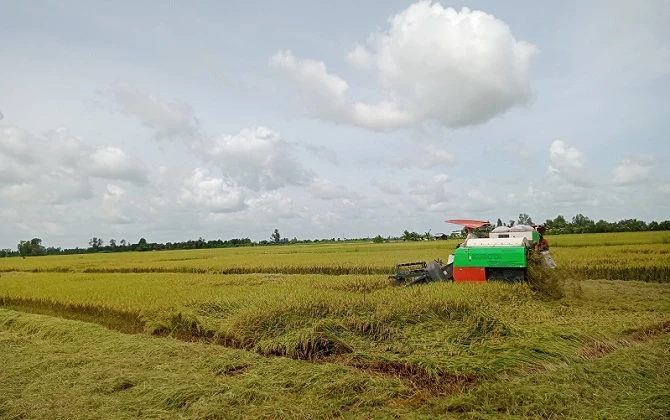
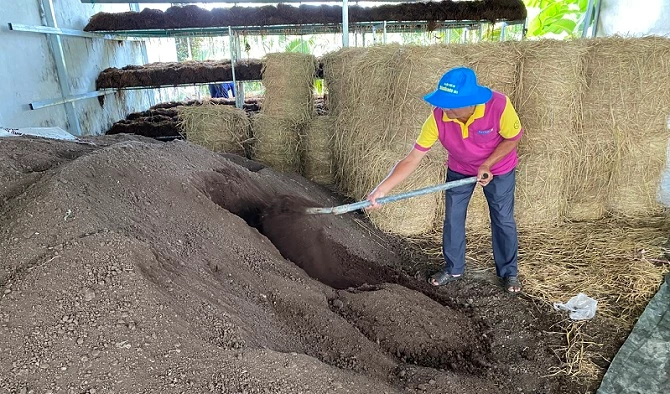
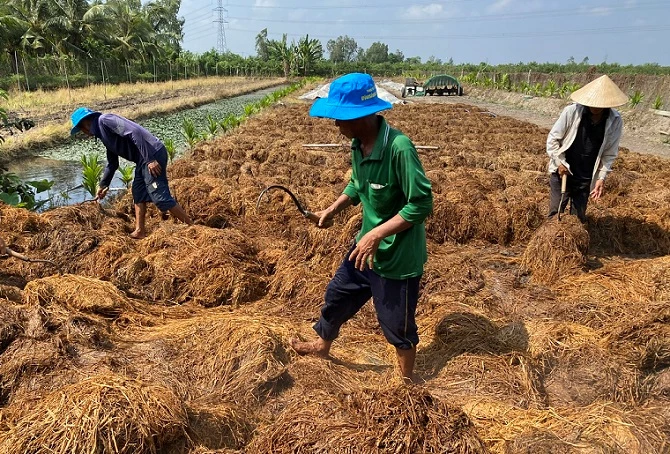
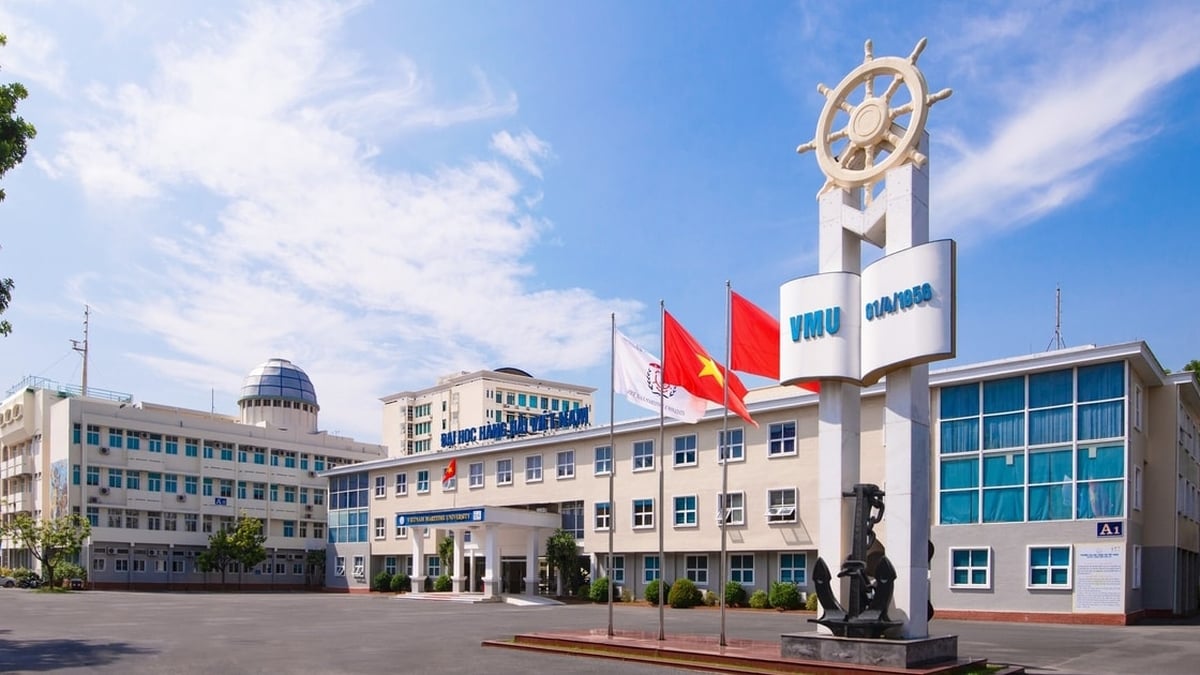
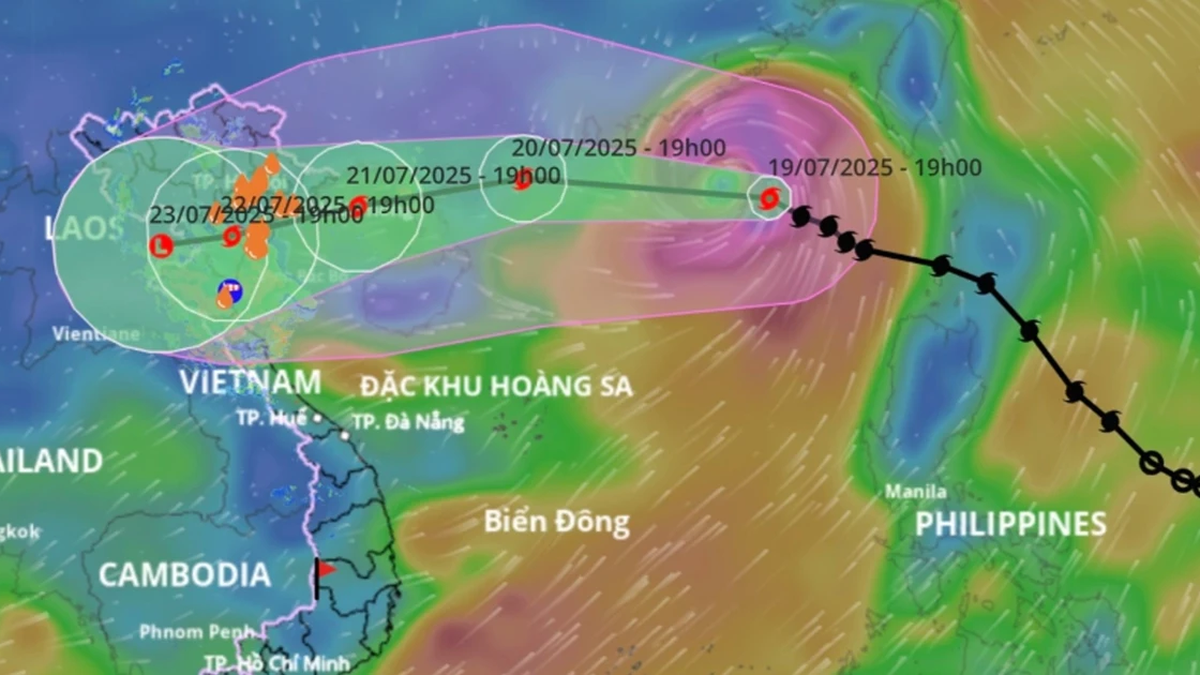
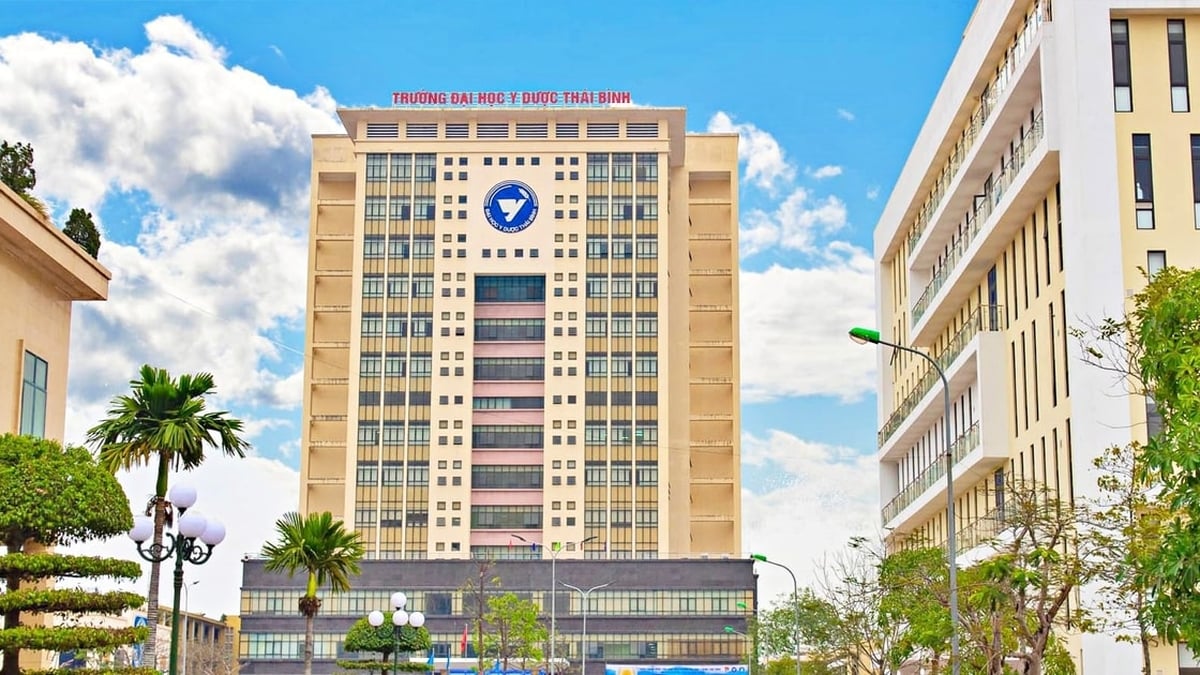
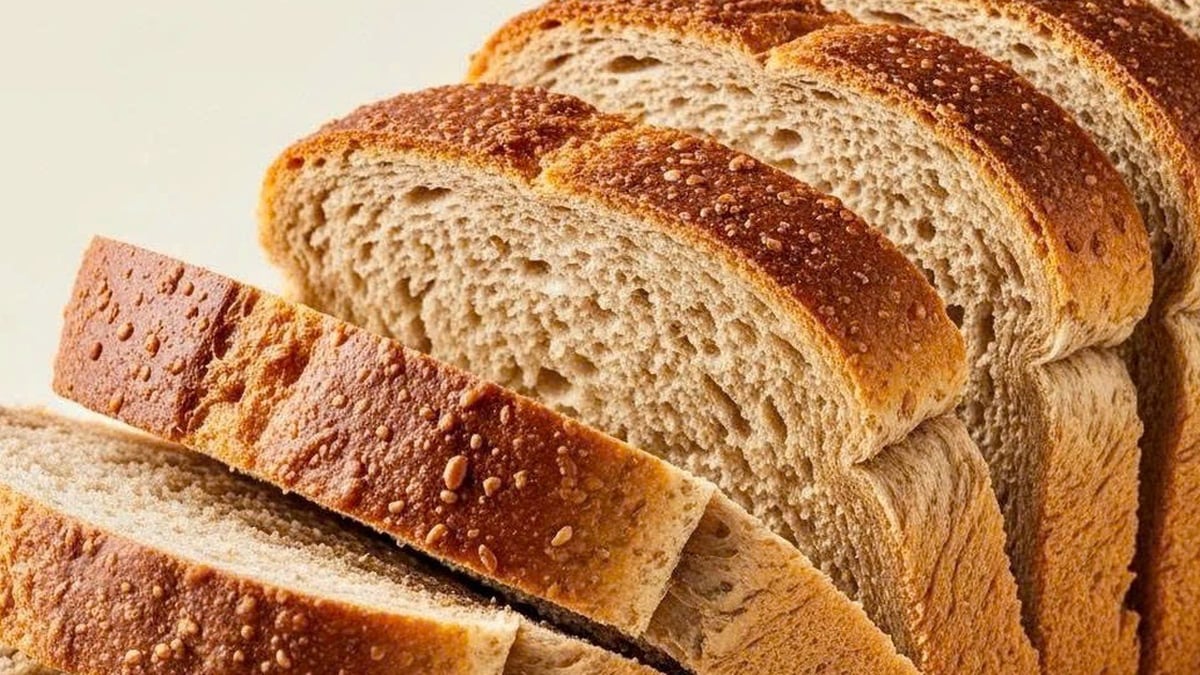


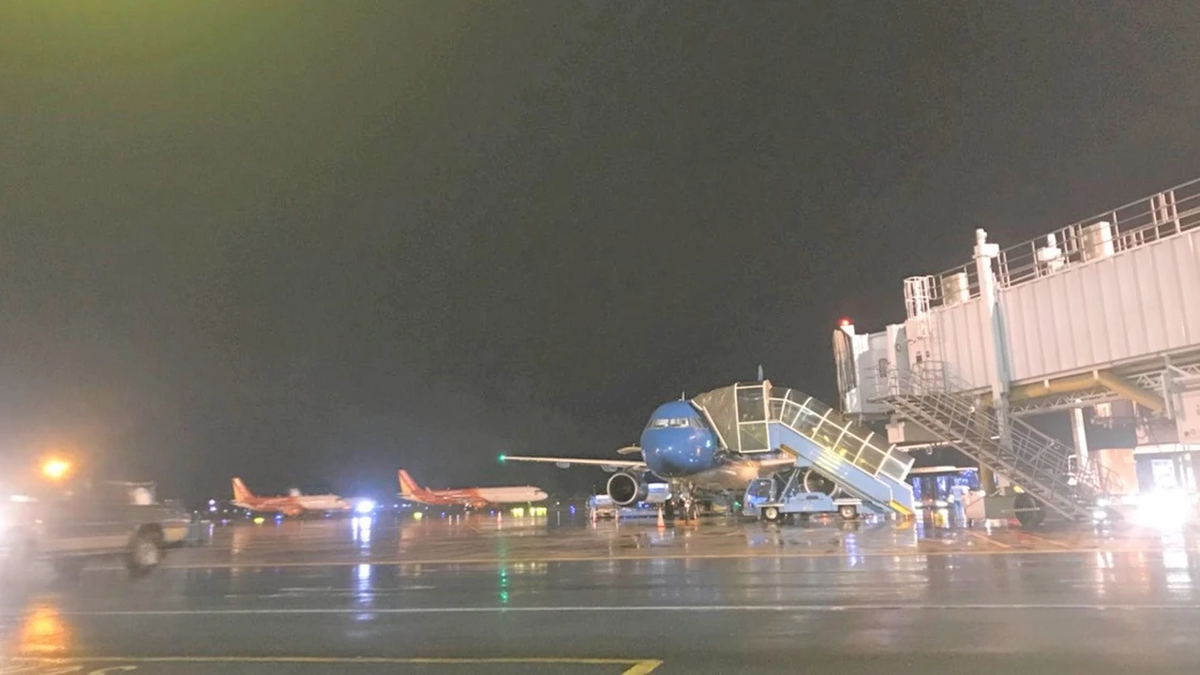
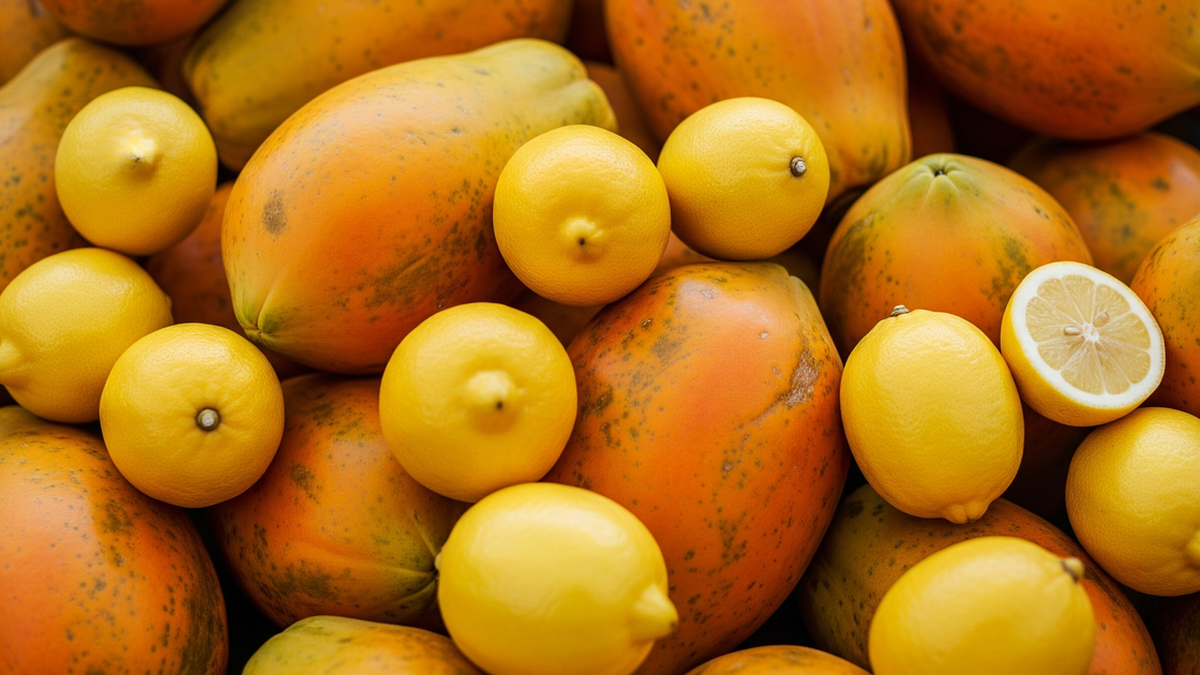
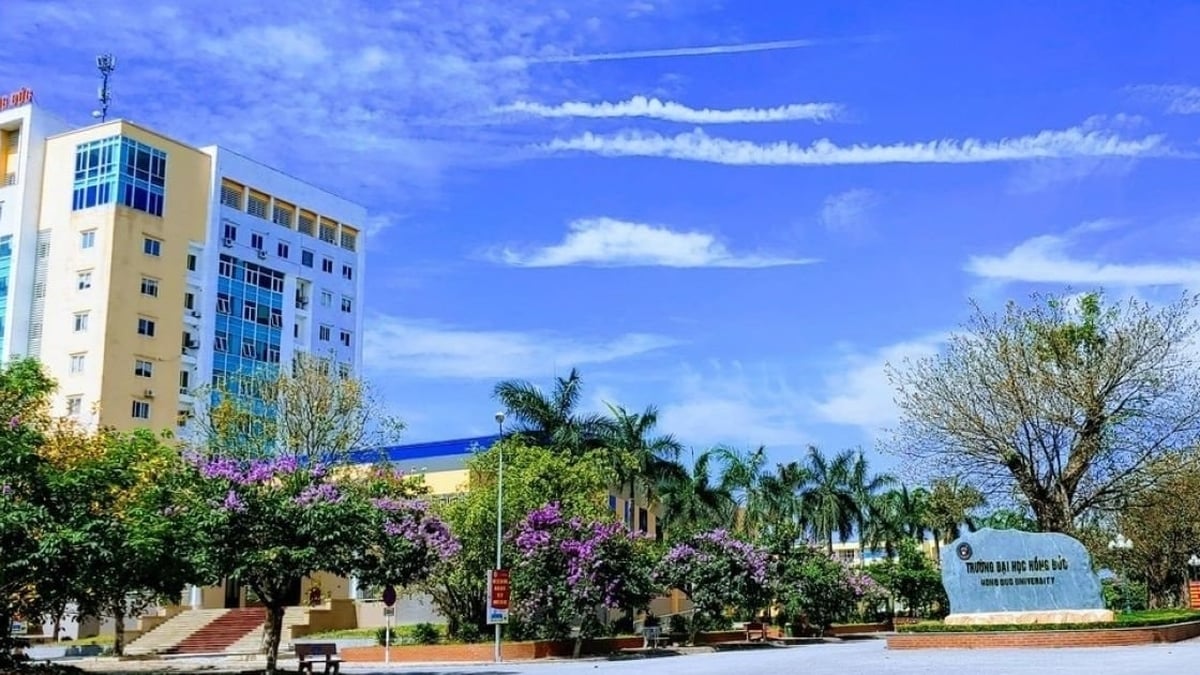
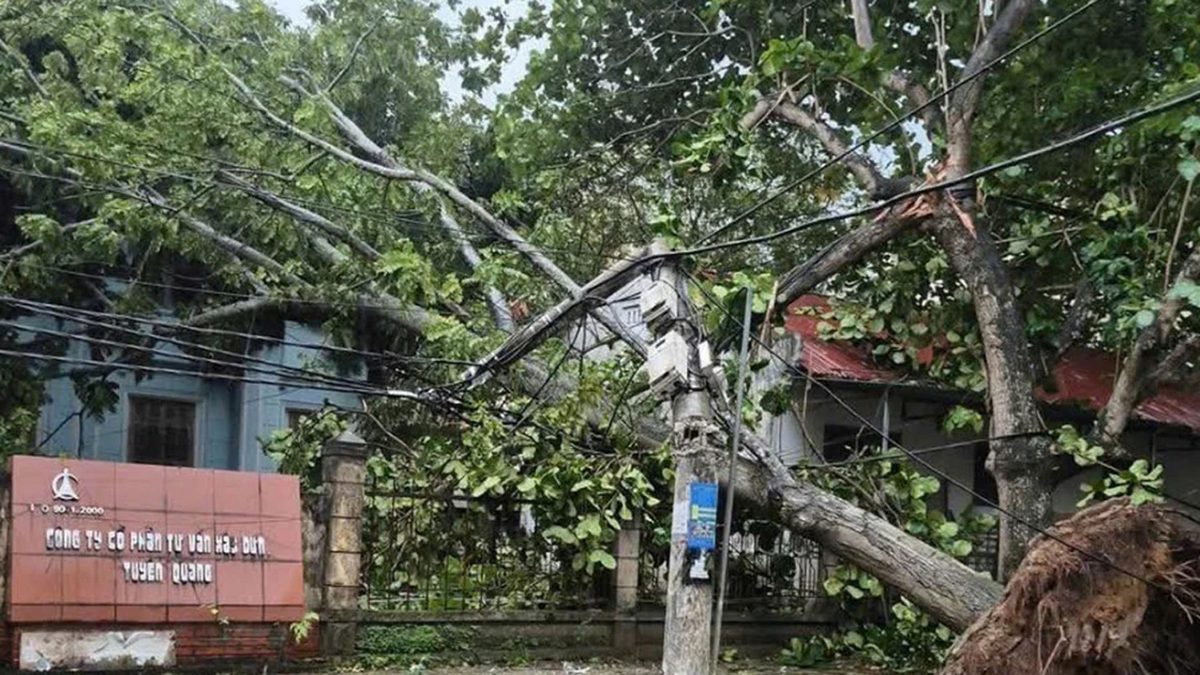






















































































Comment (0)